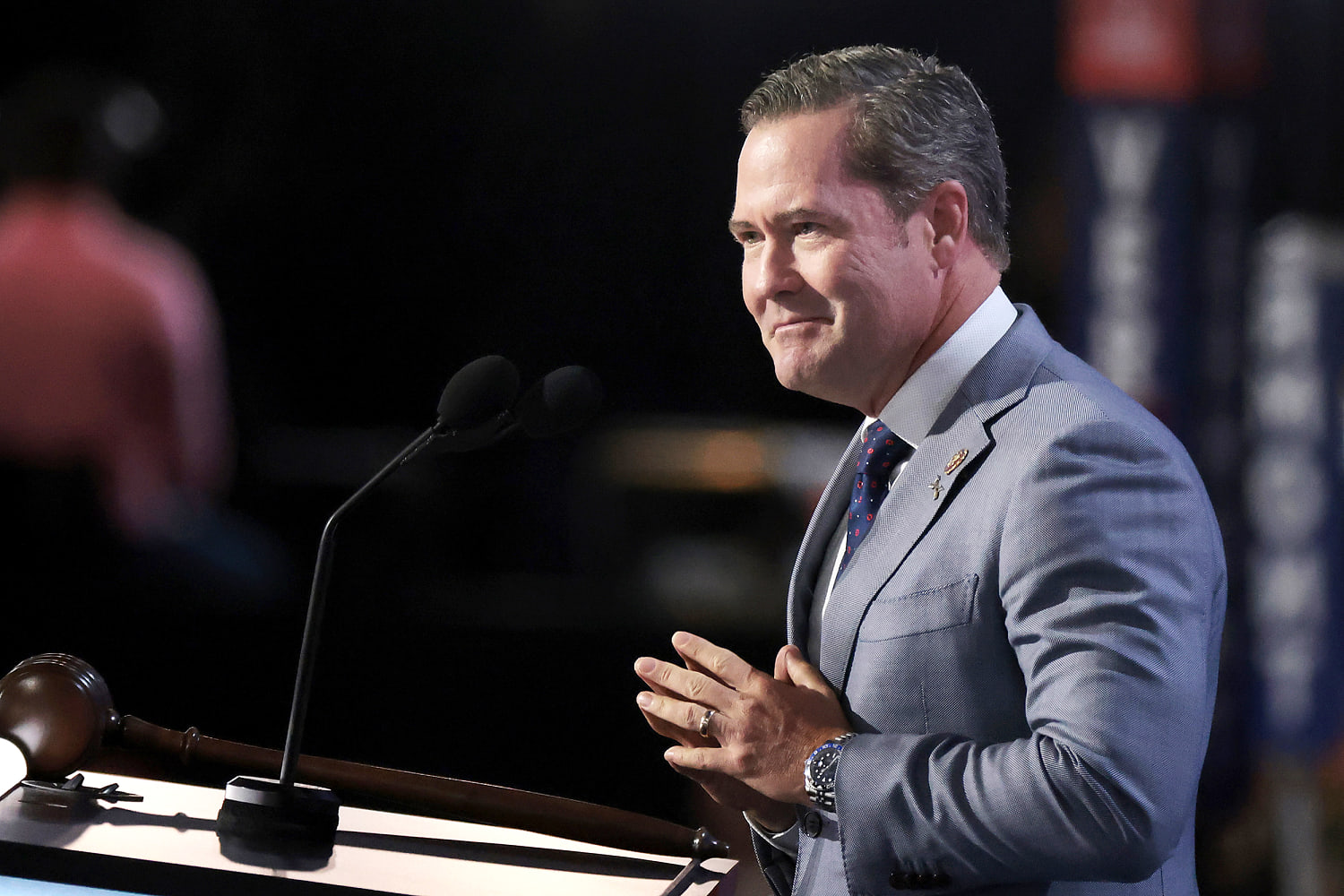BestReviews is reader-supported and may earn an affiliate commission.
Best Prime Day 2024 Deals


Rep. Mike Waltz (R-Fla.) will resign from the House on Jan. 20, the day President-elect Trump takes office, to become the national security adviser for Trump's second term, a source familiar with the matter confirmed to The Hill.
His upcoming resignation means that House Republicans, who were already slated to have a razor-tight majority, will be at least two members down when Trump takes office until at least April 1 — the date set for the special election to replace both Waltz and former Rep. Matt Gaetz (R-Fla.), who withdrew from consideration to be Trump’s attorney general last week but said he won't return to Congress.
Staying through Jan. 20, however, means that Waltz will still be in Congress when the House elects its Speaker on Jan. 3 — a vote for which the margins in the chamber could play a significant role.
BestReviews is reader-supported and may earn an affiliate commission.
Best Prime Day 2024 Deals
Florida Secretary of State Cord Byrd announced receipt of Waltz’s resignation letter on Monday, alongside a special election timeline that sets the primary election date for the seat on Jan. 28 and the general special election date on April 1. Politico first reported Waltz’s intention to resign on Jan. 20, which a source familiar with the matter confirmed to The Hill.
The national security adviser role does not require Senate confirmation, meaning Waltz can take the position immediately.
Waltz and Gaetz are not the only House members leaving Capitol Hill for the Trump administration. Rep. Elise Stefanik (R-N.Y.) was tapped to be ambassador to the U.N., and Rep. Lori Chavez-DeRemer (R-Ore.) — who lost reelection — is Trump’s pick to be Labor secretary.
The Waltz, Gaetz and Stefanik seats are all safe Republican districts, but the vacancies mean House Republicans will have a tricky time with their slim margins, which could also be a factor in Stefanik’s departure timeline.
Decision Desk HQ has projected 220 House seats for Republicans and 213 seats for Democrats, with two races in California remaining too close to call.
House Republicans will have anywhere from a two-seat to four-seat majority once the seats are filled, but could be down to a one- to three-seat margin until the two Florida seats are filled — and that is before accounting for any other vacancy from Stefanik.










